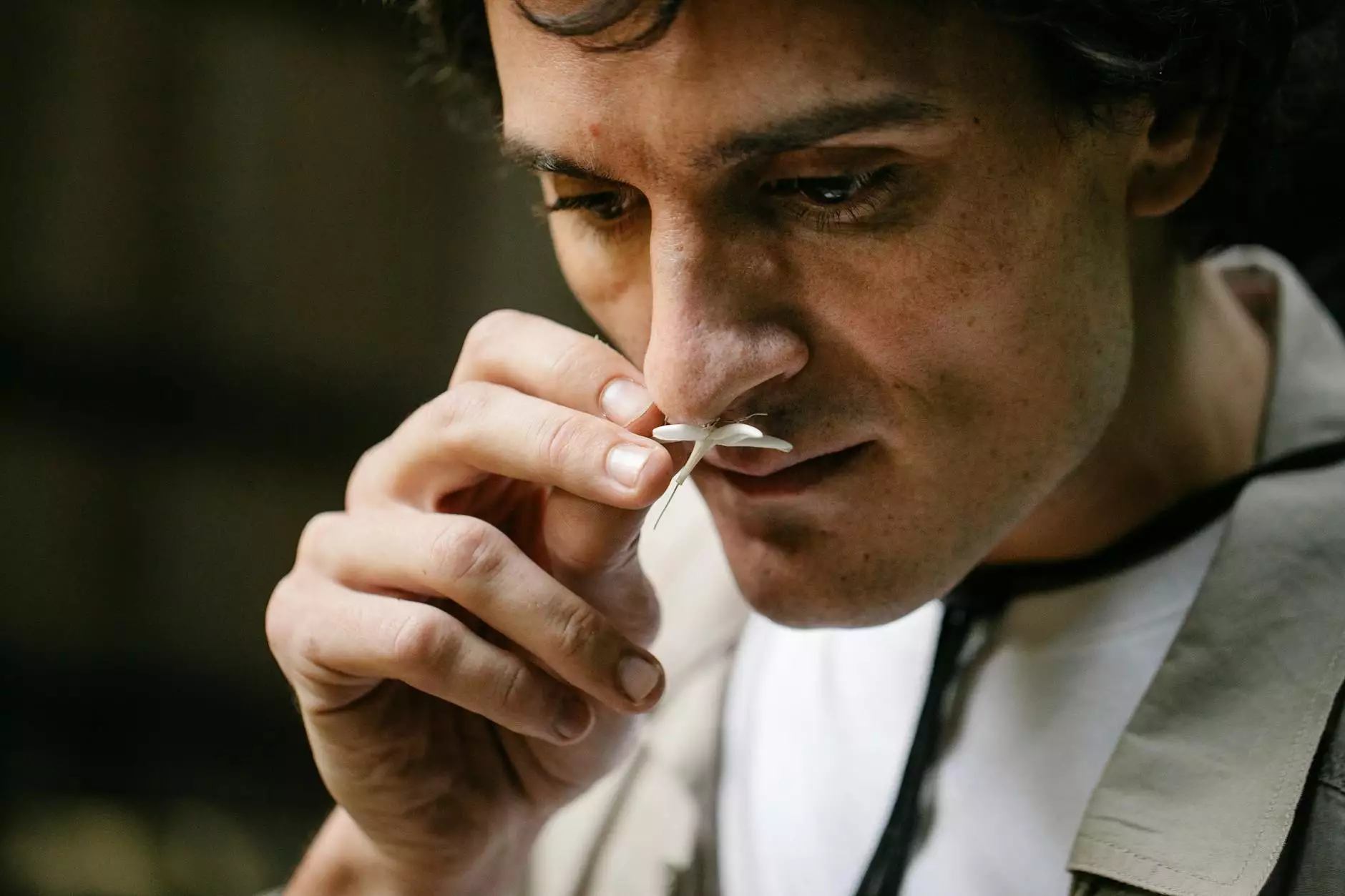Understanding Hysterectomy and Cancer Risk

The decision to undergo a hysterectomy is significant and often comes with a multitude of questions, especially regarding the potential association with cancer risks. In this comprehensive guide, we delve deep into the dynamics of hysterectomy and cancer risk, offering insights that can empower patients and their families.
What is a Hysterectomy?
A hysterectomy is a surgical procedure that involves the removal of the uterus. In some cases, it may also include the removal of the cervix, fallopian tubes, and ovaries, depending on the underlying medical conditions. This procedure is often recommended for various reasons, including:
- Uterine fibroids
- Endometriosis
- Abnormal uterine bleeding
- Cancer of the uterus, cervix, or ovaries
- Prolapsed uterus
Understanding the implications of a hysterectomy is crucial for any woman considering this procedure as it can lead to significant changes in hormonal balance and reproductive health.
Types of Hysterectomy Procedures
There are different types of hysterectomies, each tailored to a patient's specific condition:
- Partial Hysterectomy: Only the upper part of the uterus is removed, preserving the cervix.
- Total Hysterectomy: The entire uterus and cervix are removed.
- Radical Hysterectomy: This involves the removal of the uterus, cervix, surrounding tissues, and part of the vagina, typically due to cancer.
Each type has different implications for a woman's health and potential cancer risks, which we will explore in detail.
The Connection Between Hysterectomy and Cancer Risk
One of the primary concerns regarding hysterectomy is its impact on cancer risk. To understand this connection, we must explore various factors:
1. Cancer Prevention
A hysterectomy may be performed as a preventive measure for women with a high risk of certain cancers, particularly those with a family history or genetic predispositions such as BRCA mutations. Surgical removal of the uterus and ovaries can significantly lower the chances of developing:
- Uterine cancer
- Ovarian cancer
Surgeons might recommend this approach to mitigate risks for women who have already exhibited pre-cancerous changes or other risk factors.
2. Impact of Hysterectomy on Hormonal Balance
Hysterectomy can alter hormonal levels in women, particularly if the ovaries are also removed (oophorectomy).
Key Points to consider:
- If ovaries are preserved, hormone production continues, which can mitigate some long-term health risks.
- If ovaries are removed, women may experience premature menopause, increasing the risk for conditions such as osteoporosis and heart disease.
Understanding how hormonal changes post-hysterectomy affect overall health is essential as it can indirectly influence cancer risks.
3. The Role of Pre-existing Conditions
For many women, the conditions leading to a hysterectomy are themselves linked to cancer risk. For instance, women suffering from severe endometriosis or those with benign fibroids may have a personal or family history of gynecological cancers. The decision to undergo hysterectomy could therefore effectively manage disease while potentially reducing future cancer risk.
Benefits of Hysterectomy in Cancer Prevention
Undergoing a hysterectomy can offer multiple benefits aside from cancer risk reduction:
- Symptom Relief: Many women experience significant relief from chronic pain or abnormal bleeding after the surgery.
- Improved Quality of Life: Eliminating the underlying health issues can greatly enhance a woman’s daily functioning and overall well-being.
- Reduced Risk of Certain Cancers: As stated, hysterectomy can lower the likelihood of developing certain gynecological cancers.
Potential Risks and Considerations
While a hysterectomy can carry benefits, it is not without risks. Some potential complications and considerations include:
- Potential surgical risks, such as infection or bleeding.
- Post-surgery complications like blood clots.
- Possible emotional and psychological effects, including feelings related to loss of fertility.
It’s essential for women to discuss both the benefits and potential risks with their healthcare provider to make an informed decision.
Post-Hysterectomy Health Monitoring
Following a hysterectomy, women must be vigilant about their health to manage any changes and identify issues early:
- Regular health check-ups, including pelvic exams, are crucial even after a hysterectomy.
- Awareness of symptoms that could indicate complications, such as persistent pain or unusual discharge.
- Maintaining a healthy lifestyle to support overall well-being and hormonal balance.
Conclusion
The relationship between hysterectomy and cancer risk is an intricate one, involving various factors that women must navigate when considering this surgical option. Informed decisions rely on understanding both the benefits and risks associated with the procedure, as well as the importance of ongoing health management. Consulting with specialized healthcare providers, such as those at drseckin.com, can offer invaluable guidance tailored to individual health profiles.
Ultimately, when considering a hysterectomy, it is vital to prioritize communication with trusted healthcare professionals to ensure that all factors are weighed thoroughly.









